Architectural Restoration & the “Blank Space”
Ruth Osborne
What is a restorer to do when only a fragmented portion of a historic building, or work of art, remains?
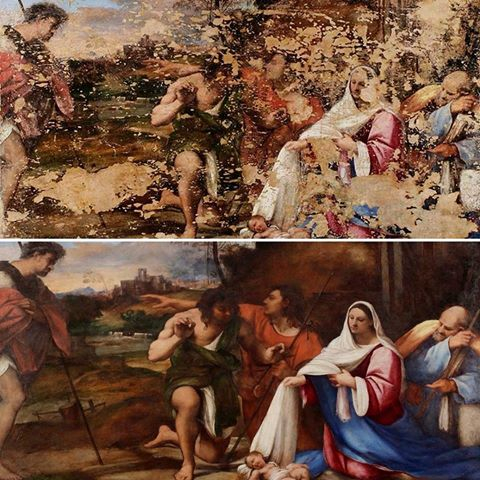
Sebastiano del Piombo’s Adoration of the Shepherds, 1510, before & after restoration. Courtesy: Fitzwilliam Museum.
News reports this month have been lauding the 10-year long conservation on a terribly wrecked picture by 16th century Italian artist del Piombo at the Fitzwilliam Museum in Cambridge. But what happens when the work is a building that is missing significant parts of its infrastructure?
Spain appears to be having a bit of an identity crisis on its hands when it comes to architectural preservation. First, a 1,000 year-old Moorish castle tower was “restored” with white walls beneath its stone walls. Then, in keeping with using modernist additions to treat a centuries-old structure, aluminum windows were installed by the owners of a 400 year-old tower in the town of Ombreiro in the northwestern region of Galicia. This also was done by the same architects who worked on the Moorish castle tower, Carlos Quevedo Rojas and the Carquero Architecture firm.
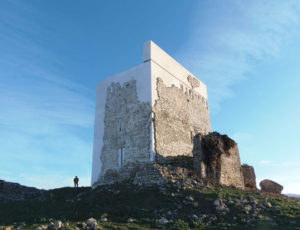
Newly-restored Matrera Castle. Courtesy: Architzer.
One critic in particular has said of the project: “They’ve got builders in rather than restorers and, like we say round here, they’ve cocked it up.” But the finished project, it seems, has begun to be accepted by some, even going so far as to win the prestigious international architectural prize from Architzer A+ awards in the restoration category. According to the statement from the firm:

Ombreiro Tower restoration May 2016. Courtesy: Altas España /The Local ES.
“It tries to approach the work in recognition of the ‘memory’ in its physical consistency and its dual polarity, aesthetic and historical, in order to transmit the future. Therefore, the proposal aims to avoid the aesthetic mimicry that involves falsification or loss of value of authenticity…”
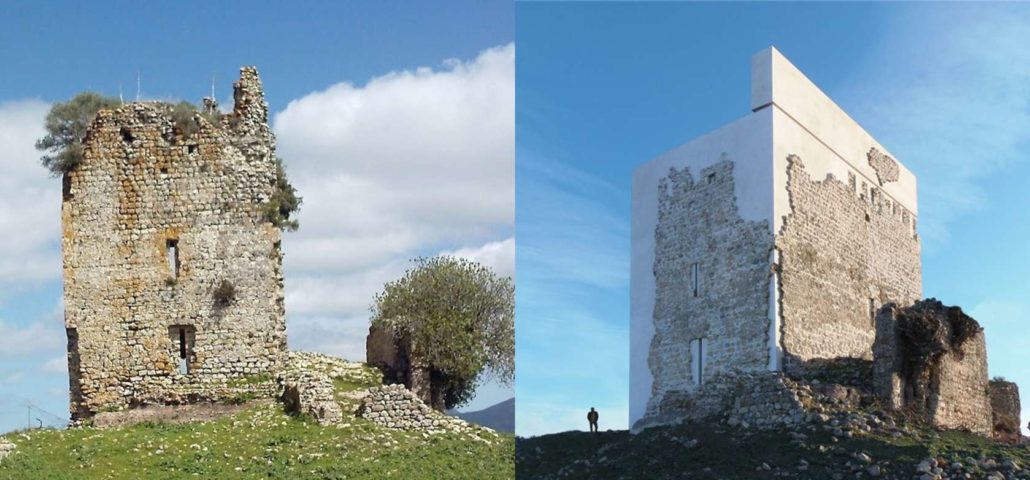
Matrera Castle before and after restoration. Courtesy: Architzer.
What supporters of this modernist pastiche approach to architectural restoration have insisted is that the work of Quevedo is in keeping with recent trends. But how exactly is a “trend” an appropriate response to preserving the materiality of a structure from its own distinct moment in history? Do these blank modernist additions not appropriate it into the aesthetic preferences of those who restored it? Going back to the firm’s statement on the award-winning project, “the essence of the project is not intended to be, therefore, an image of the future, but rather a reflection of its own past…” How does one accomplish this with white Bauhaus-like right angles jutting out from the historic fabric?

Menokin website showing projected vision of restoration, 2015. Courtesy: Menokin.
Meanwhile, a small historic house museum in Virginia – the Menokin Museum – has recently become known for its vision to restore the shell of the 18th century home by replicating what’s missing with a glass covering. The Menokin, which retains 80% of its original structure, will feature a new glass roof that will reveal the inner workings of the building fabric and design. You can see by the drawings that, while this is indeed a modern building material, the intended effect will be to reveal a more detailed vision of the original 18th century building. According to one of the conservators and the Manager of Architectural Collections (also involved with the Colonial Williamsburg Foundation): “If you were to reconstruct the house, you’d cover up some of the most interesting parts. With glass, we can actually see how an 18th century building comes together.”
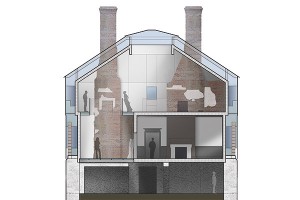
Cross Section of the Manokin plan, 2015. Courtesy: Menokin.
Does this differ from the approach of the restorations in Spain? Or will it have the same unfortunate impact?
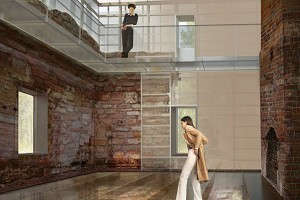
View of interior restoration, 2015. Courtesy: Menokin.
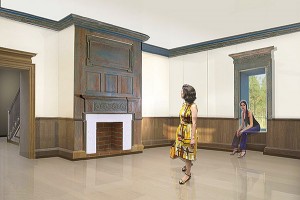
View of the Dining Room restoration, 2015. Courtesy: Menokin.


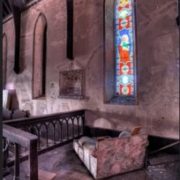

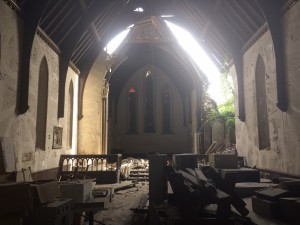
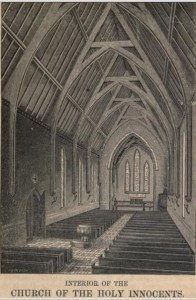
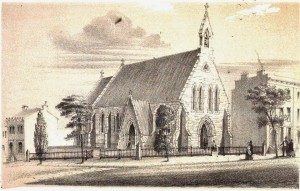

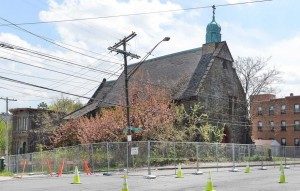
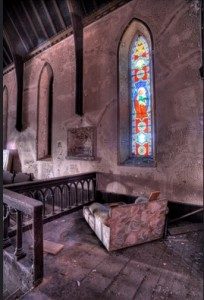
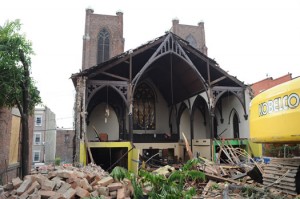
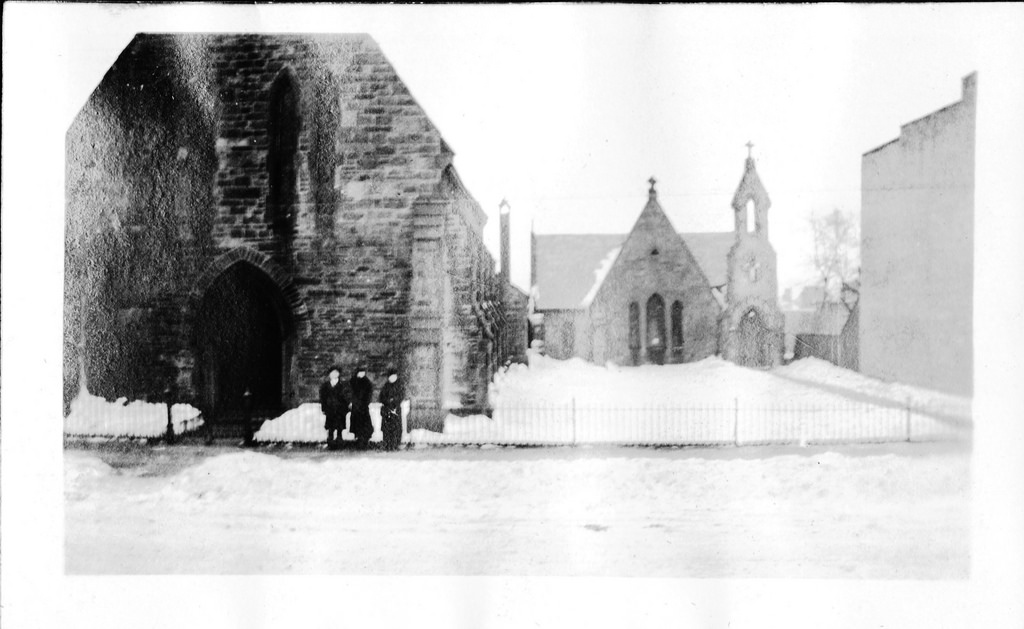


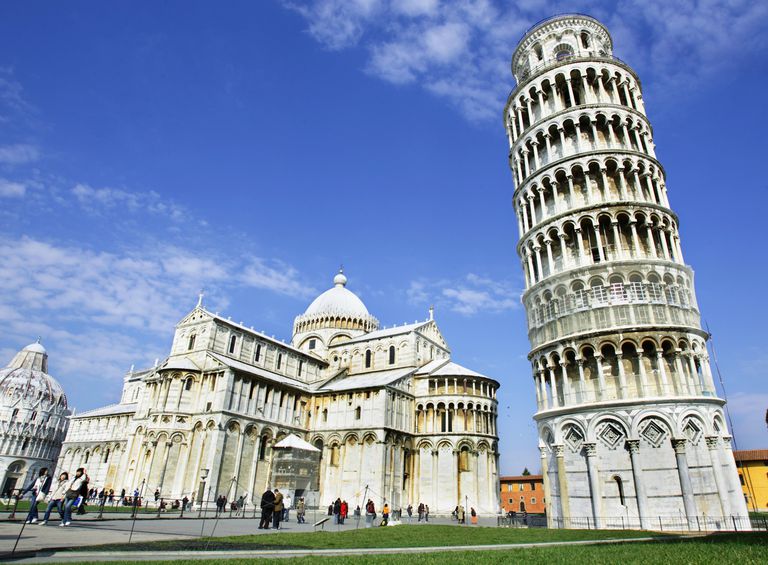 This is hardly the occasion to argue complex technical issues, nor am I equipped to do so. What is remarkable about the entire situation surrounding the tower and the plans that have been announced recently (NY Times, January 7 ed. confirm date), is the total absence of a forum for discussion before action is taken. This unwillingness or inability to debate the health of our treasures, I suggests, characterizes most major restorations in Italy. If the nitrogen idea has been discussed openly and experts from outside the immediate group were invited to participate, the experiment would never have been undertaken in the first place.
This is hardly the occasion to argue complex technical issues, nor am I equipped to do so. What is remarkable about the entire situation surrounding the tower and the plans that have been announced recently (NY Times, January 7 ed. confirm date), is the total absence of a forum for discussion before action is taken. This unwillingness or inability to debate the health of our treasures, I suggests, characterizes most major restorations in Italy. If the nitrogen idea has been discussed openly and experts from outside the immediate group were invited to participate, the experiment would never have been undertaken in the first place.